#Écorché
Text
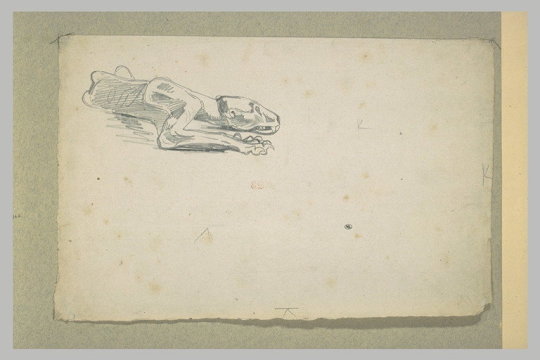
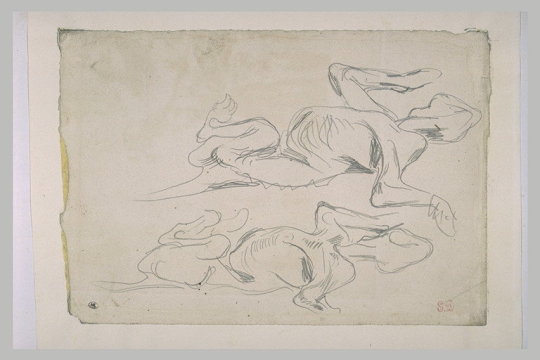

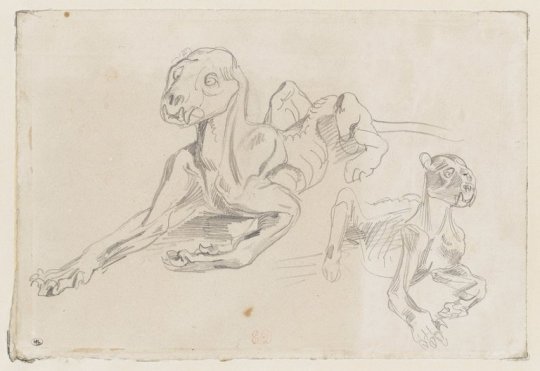
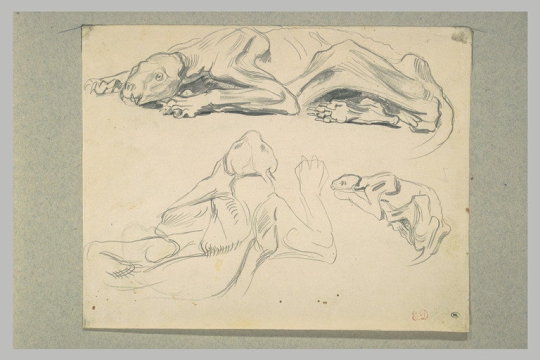

écorché studies of lions by Eugène Delacroix. [x] [x] [x] [x] [x] [x]
126 notes
·
View notes
Text
Invited to play in a pathfinder campaign and HO-BOY, There’s a lot of complicated stuff! Having fun so far and this is the silly man I have decided to play with. A Fleshwarp alchemist by the name of Écorché!
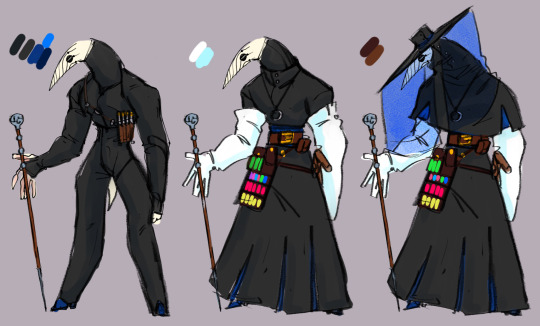
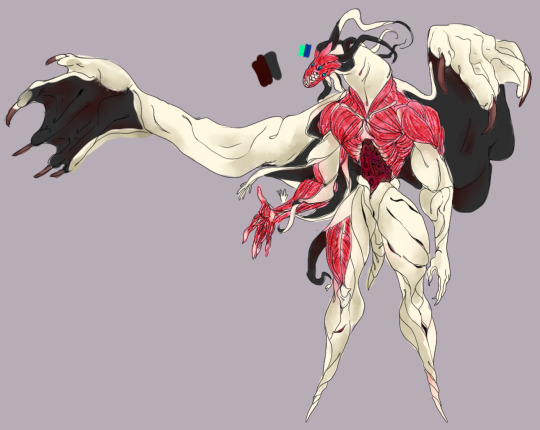
I probably should have gone with a simpler class to play, but this guy just sort of barrel into my head like a fucking freight train and I couldn’t NOT play him!
23 notes
·
View notes
Text
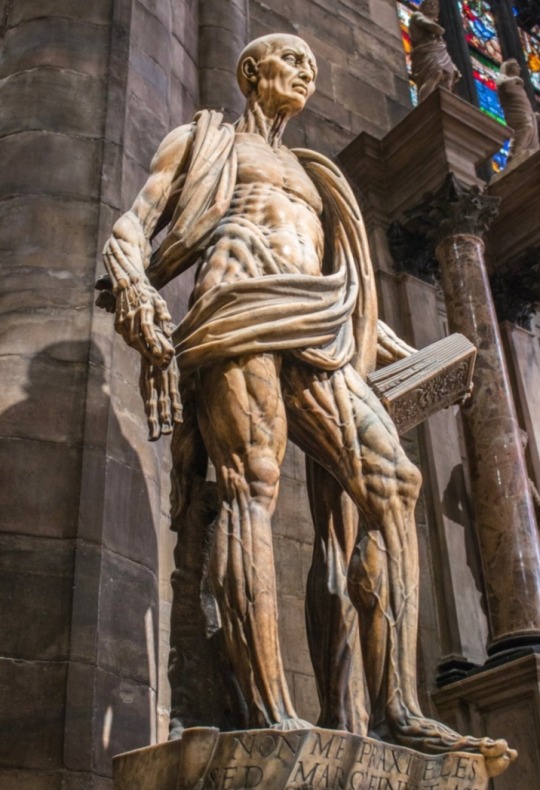


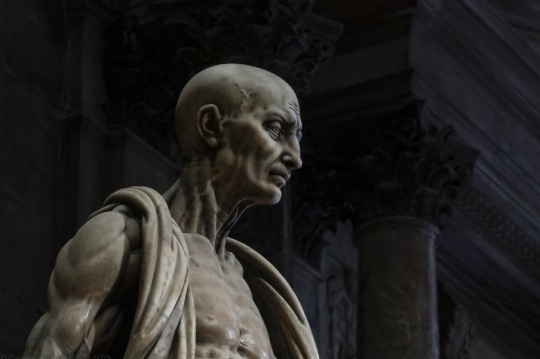

This is one of the most haunting sculptures ever produced. 🩶
It's a depiction of Saint Bartholomew, one of Christ's twelve apostles, who brought Christianity to India and Armenia in the 1st century.
Like many Christian martyrs, he suffered an excruciating demise — a common account tells that he was skinned alive and then beheaded, in punishment for converting the king of Armenia to the faith.
This terrifying piece is by Renaissance artist Marco d’Agrate (c. 1504 – c. 1574).
It's a rare example of an écorché (a figure showing the muscles of the body without skin) in sculpture, produced in exquisite detail from a block of marble in 1562.
The "cloak" you see draped over the apostle's shoulder is not clothing but his own skin.
Bartholomew wears it proudly, clutching the knife that flayed him. Despite his torment, he stands defiant and stern in expression — quite literally wearing his own suffering.
According to legend, Bartholomew continued preaching to a rapt audience after his executors had flayed him.
The contrapposto stance and determined glare make an interesting parallel to Michelangelo's "David."
But d’Agrate went one further — the subject here is (literally) stripped bare with remarkable anatomical precision, the result of d’Agrate's careful study of the human body.
Every vein, muscle and tendon are represented in minute detail.
The unique sculpture has lived at Milan Cathedral for nearly five centuries, reminding visitors of the power of enduring faith in the face of religious persecution.
—
Milan Cathedral is the cathedral church of Milan, Lombardy, Italy.
Dedicated to the Nativity of St. Mary (Santa Maria Nascente), it is the seat of the Archbishop of Milan, currently Archbishop Mario Delpini.
The cathedral took nearly six centuries to complete: construction began in 1386, and the final details were completed in 1965.
It is the largest church in the Italian Republic — the larger St. Peter's Basilica is in the State of Vatican City, a sovereign state and the third largest in the world.
#Saint Bartholomew#apostle#saint#Marco d’Agrate#Renaissance#écorché#Milan Cathedral#sculpture#art#faith#religious persecution
5 notes
·
View notes
Text
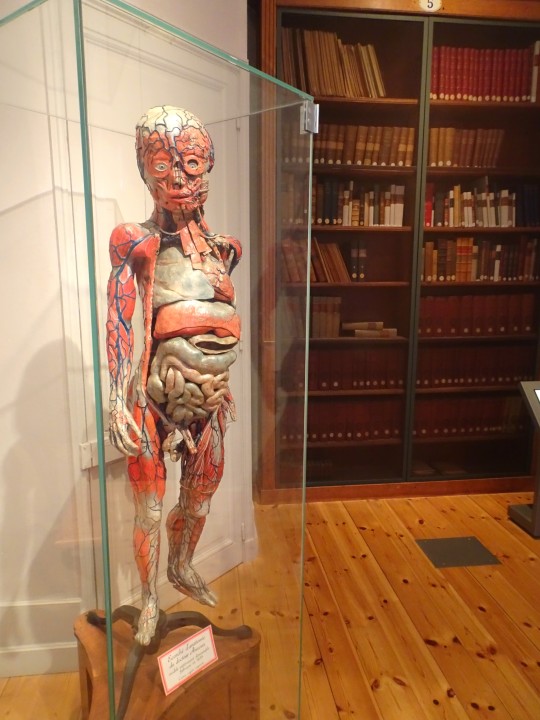






Deuxième étape de mon périple dans l'Ouest pour retrouver des ami(e)s lointain(e)s , Brigitte et Sylviane à La Rochelle.
Le Muséum d'Histoire Naturelle.
En 3, une momie péruvienne, puis un mannequin (bon... pas très réussi !) portant une tenue amazonienne. Enfin des maquettes de pirogue et d'édifices javanais...
#la rochelle#muséum#muséum d'histoire naturelle#buste#java#javanais#indonésien#pirogue#momie#pérou#amazonie#amérindiens#mélanésien#écorché#barbe
3 notes
·
View notes
Text
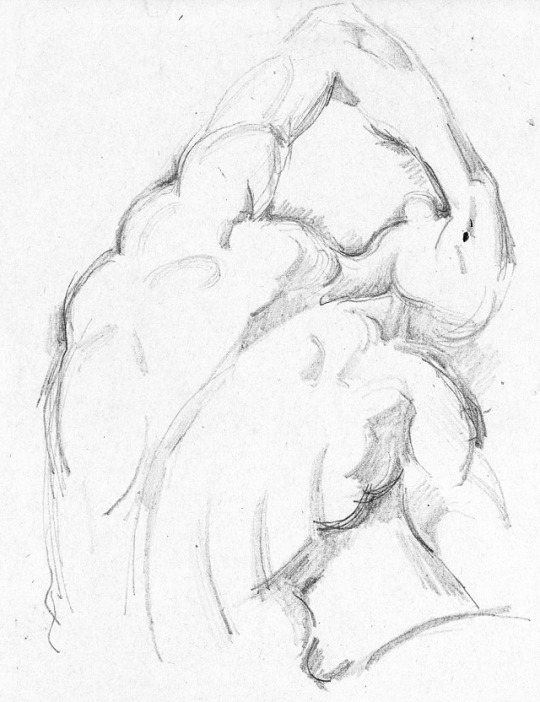
Study of the Écorché (19th Century)
An écorché is a figure drawn, painted, or sculpted showing the muscles of the body without skin, normally as a figure study for another work or as an exercise for a student artist. The Renaissance-era architect, theorist and all-around Renaissance man Leon Battista Alberti recommended that when painters intend to depict a nude, they should first arrange the muscles and bones, then depict the overlying skin. The study of anatomical figures became popular among the medical academies across Europe around the 17th and 18th century, especially when there was a lack of bodies available for dissections. Écorché figures were commonly made out of many different materials: bronze, ivory, plaster, wax, or wood. By the late eighteenth and early nineteenth centuries, wax was the most popular use of material in creating écorché statues
2 notes
·
View notes
Text

Raccoon écorché study
Sketch made with a piece of paper and a pencil I found on the floor
2 notes
·
View notes
Text
youtube
0 notes
Text
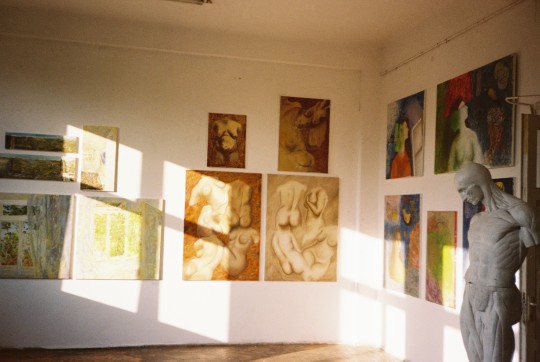
Lomography 100 exp. '21
1 note
·
View note
Text
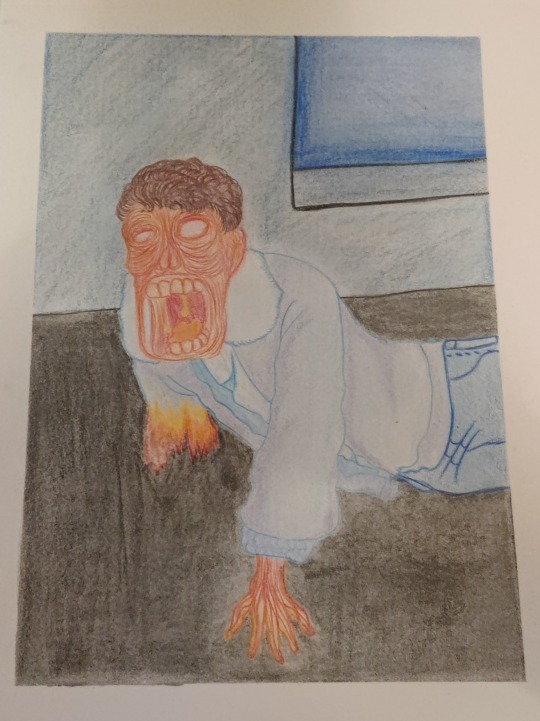
#art#traditional drawing#horror#écorché#dark places#night#gore#burned alive#burn#traditional art#crayon#victim#dead man#alive and dead#living dead#💀#👍
1 note
·
View note
Photo

Étude musculaire sur un crâne d'adolescent. Plastiline sur crâne en resine. Avec mes remerciements à @Frédéric Delacour Kinésithérapeute, ostéopathe, pour son avis sur les corrections et ses explications. Et mon petit chat au passage qui est venu me rendre visite pendant les photos #écorché, #etudeanatomique, #anatomie, #corpshumain, #tête, #crane, #skull, #muscles (à Ormesson-sur-Marne) https://www.instagram.com/p/CkyVIvhKSTZ/?igshid=NGJjMDIxMWI=
1 note
·
View note
Text


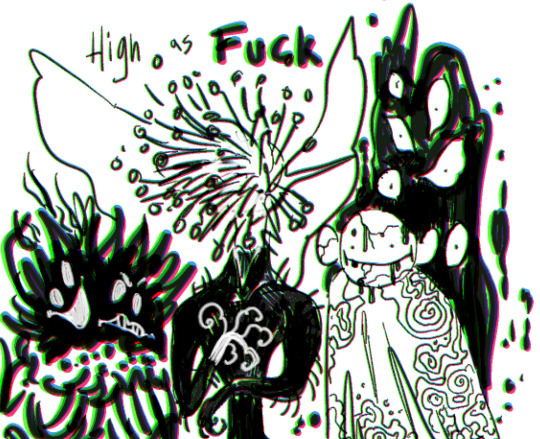
Écorché is having a very hard time.
Other characters belong to
@pathesis & @doodles-and-teacups
9 notes
·
View notes
Text

A Full Size Écorché Study of a Hound. Charles Landseer. 1821. Chalk
53 notes
·
View notes
Photo
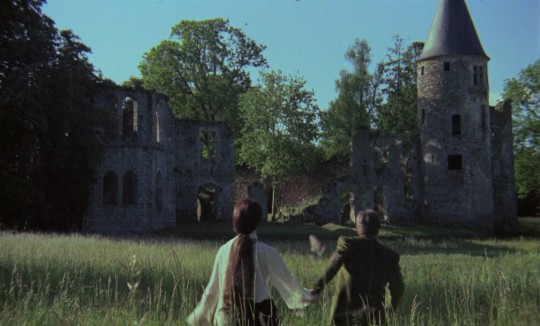
La rose écorchée, 1970
94 notes
·
View notes
Text
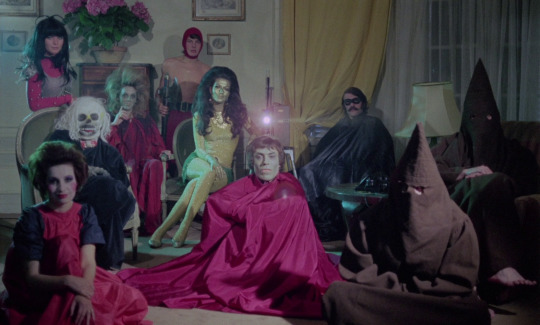

THE BLOOD ROSE (Claude Mulot, 1970)
#the blood rose#La Rose écorchée#claude mulot#french films#horror films#horror#gothic horror#70s horror#screencaps#screenshots
35 notes
·
View notes
Text
Je suis écorchée … car je t’ai confié un secret, parce que j’ai appris par les autres que la langue était une traitre.
13 notes
·
View notes
Text
Écorché of the day

Anatomy sketch after Haincelain (pencil and chalk)
6 notes
·
View notes